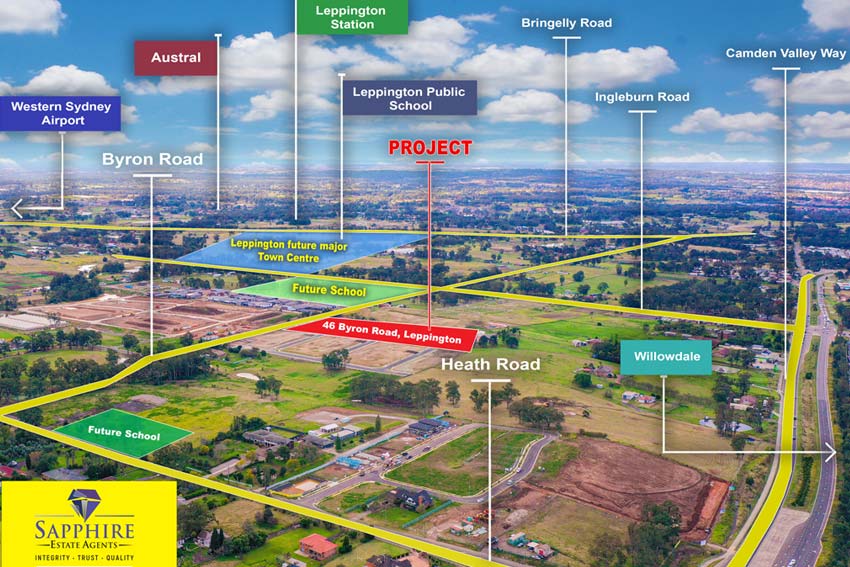The Land Size for the Average Home is Falling
2022-10-10

You may have noticed when looking at new build construction, but we can confirm that the land size for new homes has been falling over the past decade, but building sizes have remained relatively the same. Therefore expect smaller yards, less green space, and hopefully friendly relationships with your neighbours.
As the country's population continues to increase both naturally and through immigration, new housing is essential. Still, land close to major employment centres isn't necessarily abundant, and it's getting pricier by the day. As a result, developers are looking to capitalise on available zoned land and are therefore decreasing the lot sizes available. The result? According to the Australian Bureau of Statists, lot sizes for newly constructed single-family homes dropped 13% over the past decade.
Today, the average site area for an Australian house sits at just 434 square meter, while in 2012, it was nearly 500 square meter. The city that saw the most decline was Brisbane, which has an extreme drop of 20% alongside a surge in interstate migration. The demand for new housing in Brisbane, the Sunshine Coast, and Gold Coast has skyrocketed, contributing to the current housing access and affordability the region is experiencing.
However, our local metro area of Sydney was not far behind. The average lot size in the Greater Sydney area dropped 18%.
Interestingly, while land sizes have shrunk considerably, the dimensions of the new homes built on the land experienced minimal change. Sydney and Melbourne have the largest new homes among the five capital cities. We are seeing more and more dual-story homes constructed in Sydney's outer suburbs as homeowners aim to capitalise on their land by adding proportionately more floor space.
As our population increases and shifts, development must adjust to meet demand. In the past decade, there has been an increase in urban infill and redevelopment. Underutilised land is increasingly being rezoned and repurposed for housing. Still, this land comes at a premium, so they tend to be subdivided into smaller lots as urban planners aim to maximise available land.

Additionally, as the cost of land increases, land affordability becomes a significant barrier for home buyers. For many, the land their home sits on is worth more than the building on top of it. Therefore, to keep their purchase price down, many choose to purchase smaller lots to allocate a more significant portion of their budget to their home's construction costs.
As many Australians continue working from home, inside space remains a priority. As a result, we expect to see more value placed on existing and new construction homes with designated workspaces in the coming years.
The trade-off for smaller yards and less private space is an increase in shared areas such as parks and greenspaces. Depending on the local council’s requirements, green spaces or parks may be required to get approval of the development plan.
In the coming years, it will be no surprise to see the growing trend of units, smaller lots, shared green space, and larger homes continue. The pandemic put a strain on the Australian construction and development industry, but as the country gets back to work, new homes are once again appearing on our streets.
